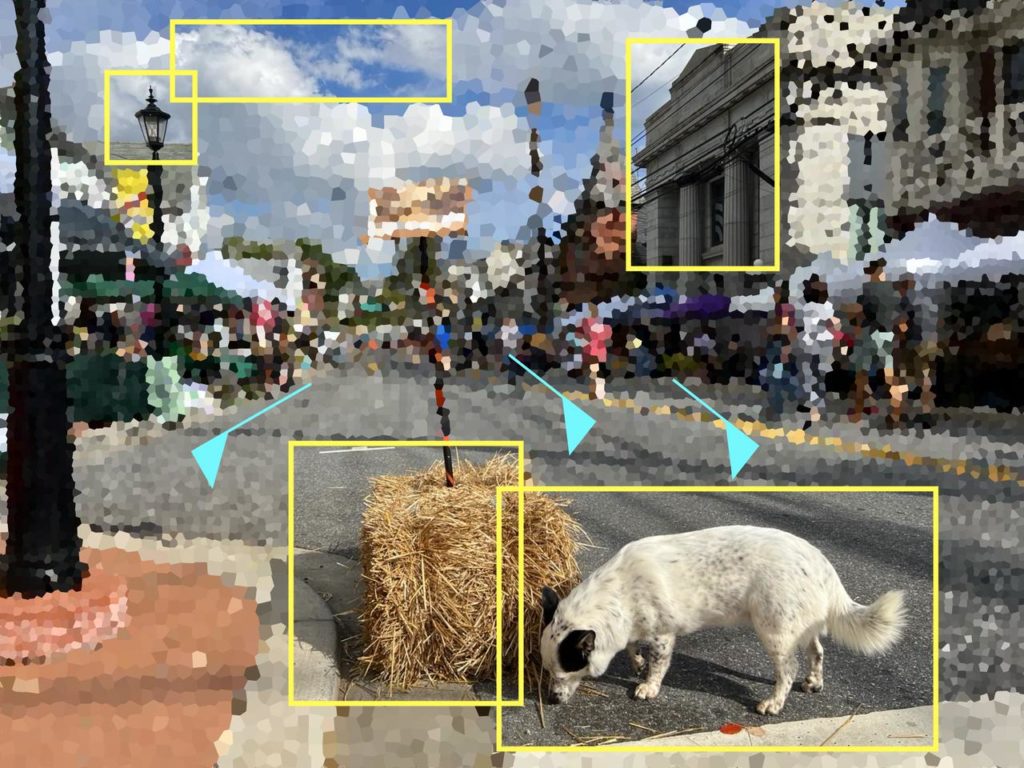VET, Research and Development and AI

The AI Pioneers project is focused on Vocational Education and Training and Adult Education. And of course, much Adult Education is provided through work, including Learning and development (L&D). Although both VET and L&D have a role in providing work based training, there is quite a divide between both in their practice. L&D is said to be a systematic process to enhance employees’ skills, knowledge, and competency, resulting in better work performance and plays a key role in attracting and retaining talent, enriching company culture, and engaging employees.
Learning in the workplace in both VET and L&D is concerned with the acquisition of knowledge, skills, behaviors, and attitudes that lead to improved job performance.
But while VET is delivered through apprenticeship or courses in vocational schools L&D takes place through various activities, such as seminars, conferences, hands-on experimentation, or reading articles or books. L&D also provides leadership training, and mentoring, coaching, and job shadowing.
And while development activities in VET focus on designing courses, L&D has been more attuned to Learning Design. VET has also encompassed standardized assessments of competences, although assessment approaches vary between different training systems. L&D may be more focused on assessment of learning and on Return on Investment (RoI). VET is generally provided through national education and training systems, L&D through in company training departments or through private sector providers. Of course there is cross over between VET and R&D but the main focus and means of delivery are different.
All of which makes it interesting to look at how AI is impacting on both VET and R&D. What can VET learn from developments in R&D around AI, learning science and pedagogy.
Phillipa Hardman is researching AI-powered learning design and her weekly newsletter has gained attention from leading organizations seeking to use AI in their approach to training and development. She believes by using AI for R&D, we can make learning faster and higher quality across the board (Jeong, 2024). Although it is frequently overlooked, she believes intrinsic motivation may be the most essential ingredient in transformative learning. AI can be used to impact modern learning design and increase learner engagement. Prioritizing experience over content can help learners actively practice, integrate, and apply their knowledge and skills leading to both higher learner engagement and outcomes.
Reference
Jeong, V. (2024) 5 Insights from Dr. Philippa Hardman on How AI will Disrupt & Transform Learning, Design, https://sparkwise.co/magazine/5-insights-from-dr-philippa-hardman-on-how-ai-will-disrupt-transform-learning-design
About the Image
‘Street Fair’ is part of the artist’s series, ‘Algorithmic Encounters’: By overlaying AI-generated annotations onto everyday scenes, this series uncovers hidden layers of meaning, biases, and interpretations crafted by algorithms. It transforms the mundane into sites of dialogue, inviting reflection on how algorithms shape our understanding of the world.

